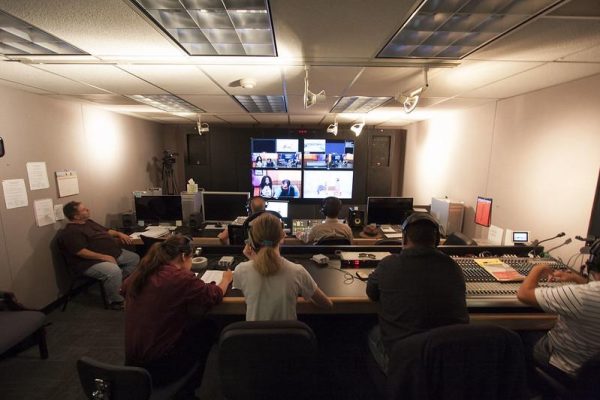Editor’s Note: Sponsored Content
I could use some help with a difficult assignment for my urban development class. My professor asked everyone to identify a trend impacting public and private spaces alike. She cited universal access to high-speed internet as one possibility then discussed how some cities have built their own networks.
Her example was really nuanced. I want to come up with a compelling topic, too. A classmate of mine plans to highlight solar energy and how Elon Musk’s Solarcity is making serious headway in the industry. I was also considering that because it’s probably one of the most recognizable American companies around.
I’m struggling to think of another interesting topic that would readily apply to public and private spaces. There must be more, but without much direct exposure to the field, I’m at a real disadvantage. Anyone who could share possible ideas would be much appreciated.
The assignment is difficult because it asks you to recognize otherwise obscure distinctions. American society often emphasizes the boundaries between private spaces and public ones. While there are certainly valid reasons for doing so (safety, conservation, or law enforcement), that doesn’t prevent the differentiation from periodically undermining our quality of life. The deteriorating state of our infrastructure is likely the most pressing matter that applies to everyone, everywhere, with almost no exceptions. The big things we always rely on make major headlines on a regular basis. The usual suspects include our bridges, dams, roads, railroads, subways, and tunnels, but the degradation doesn’t stop there.
The miracle of instantaneous running water is another prime example of institutional neglect. Henry Graber at CityLab stressed as much while explaining why there is so little innovation in water infrastructure. The story is grim. “Water authorities are slow to adapt,” wrote Graber. “Officials are not rewarded for taking the risks required for innovation as much as they are punished for failure.” That is only the tip of the iceberg. Even more inertia is produced by everything from the dwindling federal budget and antiquated regulations to consumer risk and the very nature of overhauling monolithic systems. The stakes are greater now than they were when the article was published over five years ago.
Experts at Deloitte released a sobering report in 2016 that again reinforced the aging water infrastructure. “One of the most critical aspects of the United States’ aging infrastructure is literally buried underground, out of sight and, usually, out of mind,” suggested the authors. “It is often only when failures occur that we are reminded of how much we take for granted our access to safe drinking water.” The longer we wait to address the situation, the more likely catastrophic failures are to occur. Worse for us is the fact that the American Water Workers Association (AWWA) estimated that the cost of restoring our underground pipes could total $1 trillion over the next quarter century.
Escalating problems with our water infrastructure will not be isolated to public facilities, either. In many cases, public water mains supply private residential homes, which means the boundary between the public space and the private counterpart erodes almost immediately. That is why it is worth noting that water damage is a common cause of home insurance claims. Mila Araujo at The Balance devoted a whole piece to the average cost of repairs after water damage. Suffice it to say that the calculation isn’t as simple as some might assume. Key factors involve everything from water removal and decontamination to retroactive structural repairs and replacing lost personal property.
Fortunately, adequate insurance coverage typically absorbs the lion’s share of the cumulative cost of water damage. Minor issues can often be fixed without much assistance but bigger problems require professional intervention. The former could mean replacing a bathtub faucet whereas a water line replacement can only be performed by a qualified specialist. Google makes it a whole lot easier to find a local business prepared to lend a hand. That being said, always bear in mind that due diligence is necessary whenever tapping into external groups.
Alerting people about the water infrastructure crisis isn’t glamorous, but it’s indisputably essential if we are to successfully convince our public leaders to act. Though the cost of appropriate action is astronomical, the consequences of further inaction could be priceless. Your peers are unlikely to anticipate such controversial content, which is what makes it so provocative.



